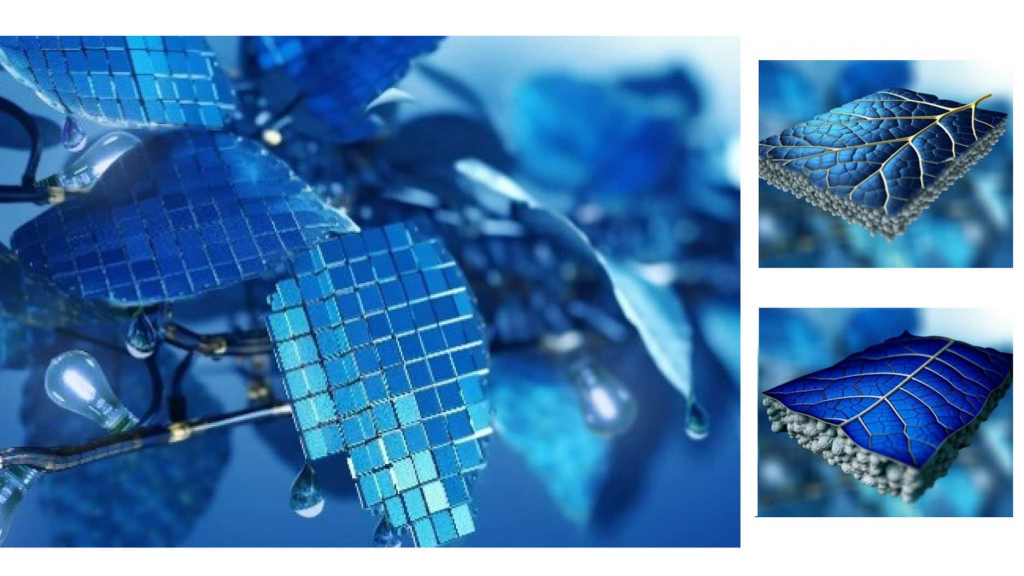Researchers from Imperial College London have made a groundbreaking leap in renewable energy technology with their innovative bio-inspired leaf design. This remarkable invention, aptly named PV-leaf, is poised to revolutionize the field of solar energy generation while addressing pressing water scarcity issues.
Mimicking the intricate processes of natural plants, the PV-leaf employs a transpiration structure that enables it to not only harvest photovoltaic solar energy but also produce freshwater. Unlike traditional solar panels, which lose a substantial portion of incoming solar energy to the environment, PV-leaves have been found to generate over 10 percent more electricity. This substantial increase in efficiency could significantly boost the adoption of renewable energy sources.
One of the most striking aspects of this design is its multifunctionality. By drawing inspiration from the way plants transport water from their roots to leaves, the PV-leaf utilizes a biomimetic transpiration structure. This structure, composed of environmentally friendly and cost-effective materials, passively manages thermal conditions, efficiently cooling the photovoltaic cells and thus increasing their electrical efficiency. This clever adaptation not only enhances energy generation but also offers the potential to generate freshwater, making it a dual-purpose innovation.

If deployed effectively, PV-leaves could produce an astounding 40 billion cubic meters of freshwater annually by 2050. The implications of this development are profound, particularly in regions facing water scarcity and energy challenges. Dr. Gan Huang, a prominent researcher behind the study, emphasizes the potential of this invention to drive the global energy transition and simultaneously address the global demands for increased energy and freshwater.
The PV-leaf’s design also eliminates the need for complex and costly components like pumps, fans, and control units. Its versatility shines as it adapts to various solar conditions and ambient temperatures, making it suitable for a wide range of environments.

This isn’t the first time scientists have taken cues from nature to develop innovative energy solutions. From artificial leaves that generate clean gas to floating solar devices inspired by photosynthesis, nature continues to serve as a rich source of inspiration for sustainable technologies.
Solutions that combine the production of clean energy with that of crucial resources are becoming more and more important as we deal with ever-increasing environmental concerns. The PV-leaf represents a huge step towards a greener and more sustainable future because of its improved ability to harness solar energy while simultaneously addressing water constraint. It is evidence of the influence of innovation and biomimicry in creating a society where our requirements for energy and resources are addressed while preserving the environment.


